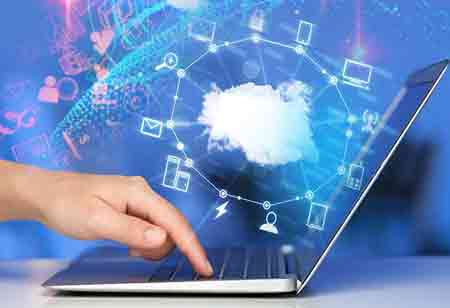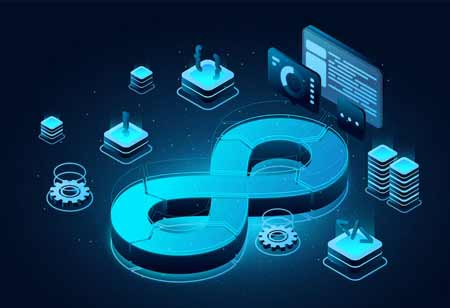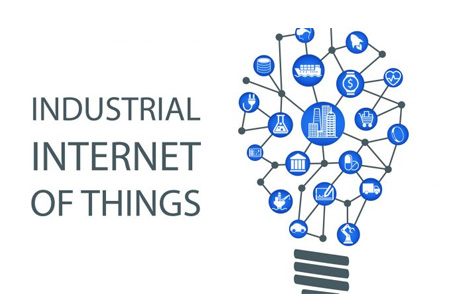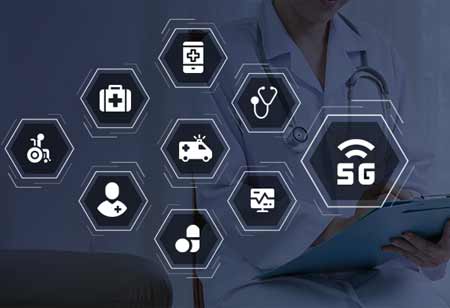THANK YOU FOR SUBSCRIBING
A Close Look into the Future of IoT Technologies and Applications
For more than a decade, we've seen an explosion in the number of internet-connected devices. The number of internet-connected devices in use today is estimated to be around 25 billion.

By
Apac CIOOutlook | Thursday, December 16, 2021
Stay ahead of the industry with exclusive feature stories on the top companies, expert insights and the latest news delivered straight to your inbox. Subscribe today.
The installation of sensors and IoT devices allows for the collection of data on the status of assets, spaces, and the physical conditions of a building.
Fremont, CA: For more than a decade, we've seen an explosion in the number of internet-connected devices. The number of internet-connected devices in use today is estimated to be around 25 billion. The majority of these are common consumer devices that allow for human communication and facilitate human-machine interactions. In addition, an increasing number of devices are being deployed in industrial environments to collect digital data about operational performance, such as efficiency and quality.
IoT in Smart Cities and Facilities Management
Iot Allows for Automated and Remote Management of Infrastructures and Processes in Smart Cities: It, for example, offers insight into the management of critical infrastructures such as smart grids and smart water infrastructures. As another example, it provides efficient and scalable urban security services based on information from video camera surveillance systems. Furthermore, it enables the delivery of intelligent and sustainable transportation services based on information management from bike rental stations, taxis, public transportation, and intelligent transportation systems. Data monitoring is performed remotely and 24 hours a day, seven days a week, in the context of the above-mentioned use cases. Similarly, using machine learning and AI techniques, smart city services can predict and anticipate potential incidents (e.g., service disruptions, traffic congestion) in order to deal with them proactively. IoT empowers sustainable cities in these ways, allowing them to withstand the pressures of rapid urbanization and changing demographics.
Smart Buildings and Facilities Management Can Also Benefit Significantly From IoT: The installation of sensors and IoT devices allows for the collection of data on the status of assets, spaces, and the physical conditions of a building. Using this data, IoT applications gain predictive insights into how to optimize space allocation, asset maintenance, and the operation of systems such as HVAC (Heating, Ventilation, and Air Conditioning). These optimizations result in significant cost savings, increased tenant comfort, and significant sustainability benefits. Following the outbreak of the COVID19 pandemic, facility managers are increasingly deploying IoT applications to optimize space management and other resources in light of the dynamically changing occupancy patterns imposed by COVID19 restrictions.
IoT is a catalyst for improving environmental performance and assisting cities and communities in meeting ambitious green targets in all of the above applications.





